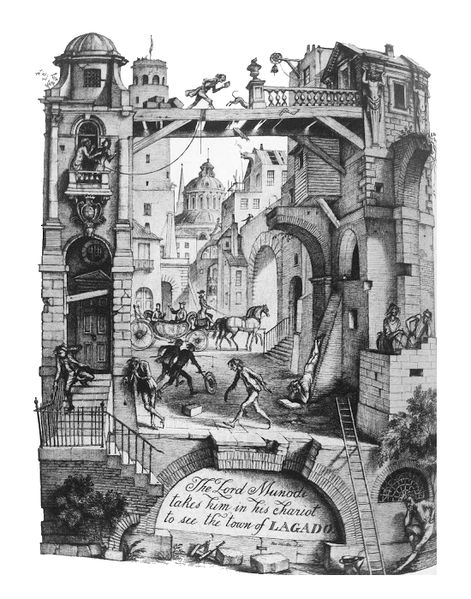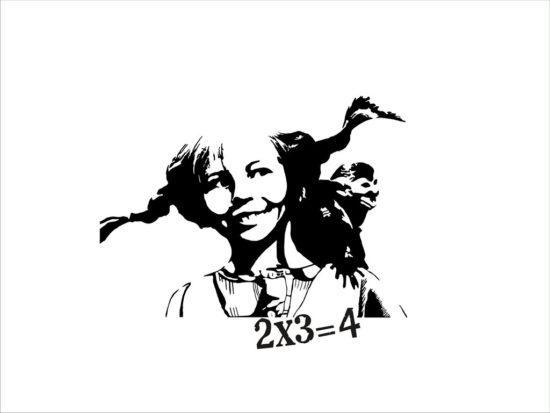Everyone loves a good story. A story entertains, inspires, and informs. From the beginning of humanity, stories have been a primary form of communication. Nowadays, we receive our stories from BBC, YouTube, UbiSoft or Bollywood as well as Paternoster Row, but it continues to be stories that excite our imaginations and sustain our memories. Thus more and more educators and researchers are calling for people in sciences and communications to employ storytelling techniques in their work.
But what does the kind of writing we do at and for university have in common with a story? Have a look at stories.
Stories have five major features that allow us to describe them as such. These are:
- Setting
- Character(s)
- Conflict
- Plot
- Message
These five features can be seen as parallel to essential parts of effective scientific or academic writing as well. Let’s explore a bit what these could be.

It is easily seen that setting is equal to background. The background of your research is the larger picture, that is, the field of research and the discourse which encompasses it. In your introduction, you want to give your reader all of the relevant information that she needs to understand the context of your research and your writing. Whether that entails a writer’s biography, the development of a technical process, or the geographical features of an archeology site, it makes sense to see that as the setting in which your research takes place.

More difficult is identifying the character or characters of a research paper. Many academics do not have any people in their papers, so what part of a paper acts as a character? You will find that you have certain coherent topic strings, that is, a few lexical fields that you refer to repeatedly throughout your paper. As abstract as these may be, they generally serve as characters. Some identify the study or research itself as a character, even the protagonist. That is, the process you go through to find the answer to a question, the solution to a problem, is the main character.
That question or problem is the conflict of your paper. Of course, we are not talking about a crisis of faith, a natural disaster or a threatening bad guy like you might find in a Hollywood blockbuster, but rather the research gap that calls for investigation or the practical problem that can only be solved with a close study. As you can see in this post on writing introductions, the research question comes with a condition of ignorance or misunderstanding and the attending consquences of that condition. Depicting this conflict is thus essential to making your paper seem important to your reader, drawing him into the story of your research so that he reads past the abstract.
But the plot? What storyline could a research paper possibly have? Well, the story of your paper should be the story of your research. That is, as the plot of a story is how a conflict is faced and resolved, the plot of your writing is the uncovering of the answer to your question. Thinking of your paper this way is a great way of keeping your writing centered on the main point. Just like a minor storyline that needlessly distracts a reader from the main story of a novel, anything that does not contribute to solving the central conflict does not belong in your paper. Additionally, this idea of a story should aid with the language and style of your writing. Your reader certainly seeks objectivity and concrete support for your arguments, but that doesn’t mean your writing should be a dry, dull presentation of data. Instead, you want to focus on relations and interpretations, that is, the story that your data tells. Even when writing a technical lab report, you can implement this approach with a simpler, more approachable style.

Gustav Freytag considered plot a narrative structure that divided a story into five parts.
Last but not least, like any piece of fictional, poetic or other writing, your essay or research paper must have a message. Hopefully it is clear that even the most inane entertainment carries a basic message. Even more so, your scientific writing must convey a message: a main thesis or claim that you want your reader to have absorbed and even been persuaded of by the end of your paper. This message is of course highlighted in your discussion and conclusion, but it must be somehow present as the central theme throughout the paper. As the dénouement of the plot and the solution to the conflict, it holds everything together like your skeleton does your body. Make sure that connection is clear in each paragraph, even if only implicitly (I can’t see your skeleton, but I know it’s there!).
As you can see, a research paper does in fact have much in common with a story. And a well-written research paper has taken advantage of this by employing some key strategies of telling a good story. You can give your paper an academic feel and yet make it accessible to your reader by considering the features and techniques of storytelling. Give it a try on your next paper, and then share your experiences with us in the comments below!

![Freytags pyramid | Gustav Freytag considered plot a narrative structure that divided a story into five parts, like the five acts of a play.[5] These parts are: exposition (of the situation); rising action (through conflict); climax (or turning point); falling action; and resolution.](https://englishexplorations.check.uni-hamburg.de/wp-content/uploads/2019/06/Screen-Shot-2019-06-20-at-10.53.31.png)
